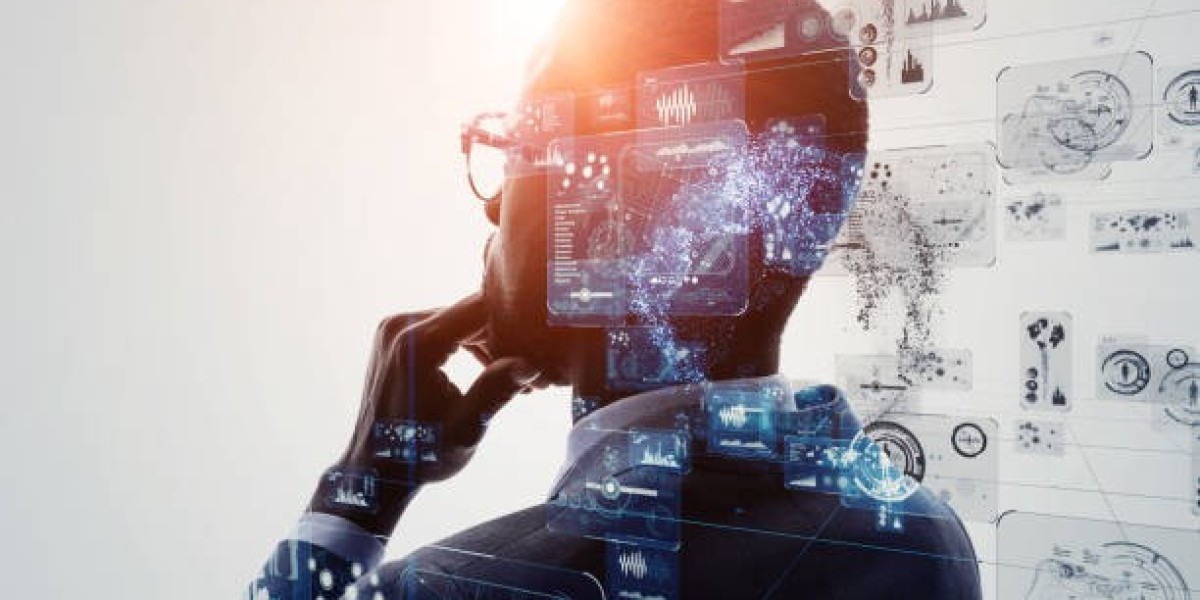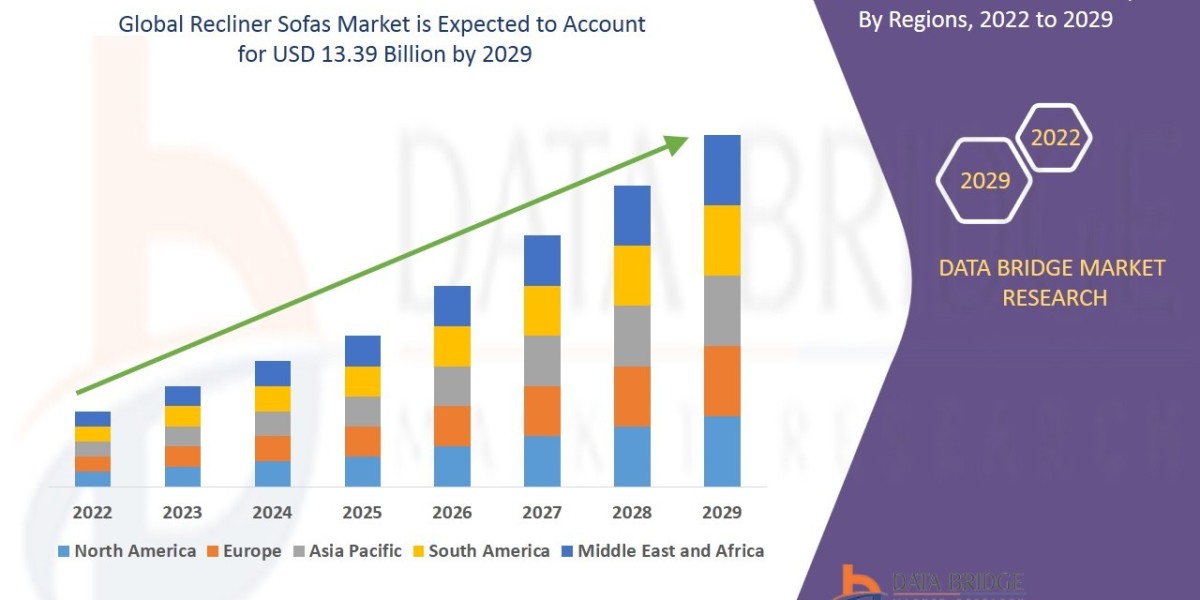Forensic image authentication and tamper detection play a critical role in today's digital age, where the manipulation of images has become increasingly common. Whether it's for legal proceedings, journalism, or personal verification, ensuring the integrity of images is paramount. This article explores the significance of forensic image authentication, the techniques involved, and answers some common questions in the field.
Introduction
With the proliferation of image-editing software and the ease of disseminating visual content online, the authenticity of images can no longer be taken for granted. Forensic image authentication seeks to determine whether an image has been tampered with or manipulated in any way. This process involves a combination of advanced techniques, including image analysis, metadata examination, and digital forensics.
Techniques for Forensic Image Authentication
- Image Analysis: Forensic experts use specialized software to analyze image pixels, looking for discrepancies in patterns, lighting, or inconsistencies that may indicate tampering.
- Metadata Examination: Every digital image contains metadata, such as timestamps, camera information, and GPS coordinates. Analyzing this data can reveal inconsistencies or alterations.
- Error Level Analysis (ELA): ELA identifies areas within an image that may have undergone manipulation by highlighting variations in compression levels. Suspicious regions may signify tampering.
- Blockchain Technology: Some systems use blockchain to timestamp and securely store image data, ensuring its integrity over time.
Why is forensic image authentication important?
Forensic image authentication is crucial for ensuring the trustworthiness of images used in legal proceedings, journalism, and various applications where authenticity matters. It helps maintain the integrity of digital evidence.
Can all manipulated images be detected?
While advanced techniques can uncover many manipulations, some highly skilled manipulators may escape detection. Nevertheless, forensic image authentication significantly reduces the likelihood of tampered images going unnoticed.
How can individuals benefit from forensic image authentication?
Individuals can use these techniques to verify the authenticity of images they come across on the internet or receive from unknown sources. It helps protect against misinformation and deception.
Is forensic image authentication only applicable to legal cases?
No, it has broad applications beyond the legal field. It is also used in journalism, historical research, and any context where image integrity is crucial.
Conclusion
Forensic image authentication and tamper detection are indispensable tools in today's digital landscape. As technology advances, so do the methods of image manipulation, making it vital to have robust techniques to ensure image integrity. From image analysis to blockchain technology, these methods help safeguard the credibility of visual content. In a world inundated with digital images, the importance of forensic image authentication cannot be overstated.








